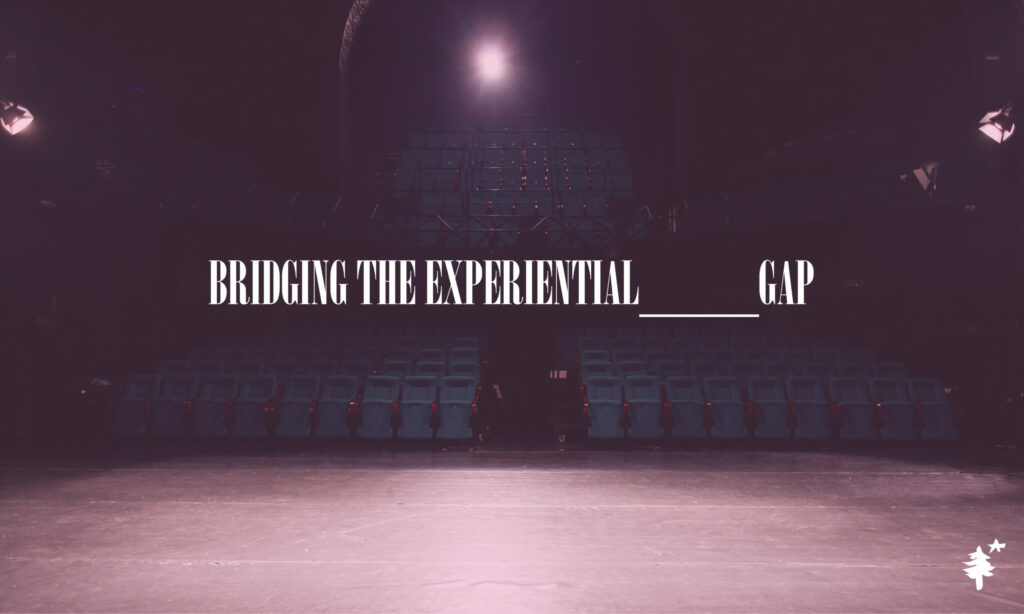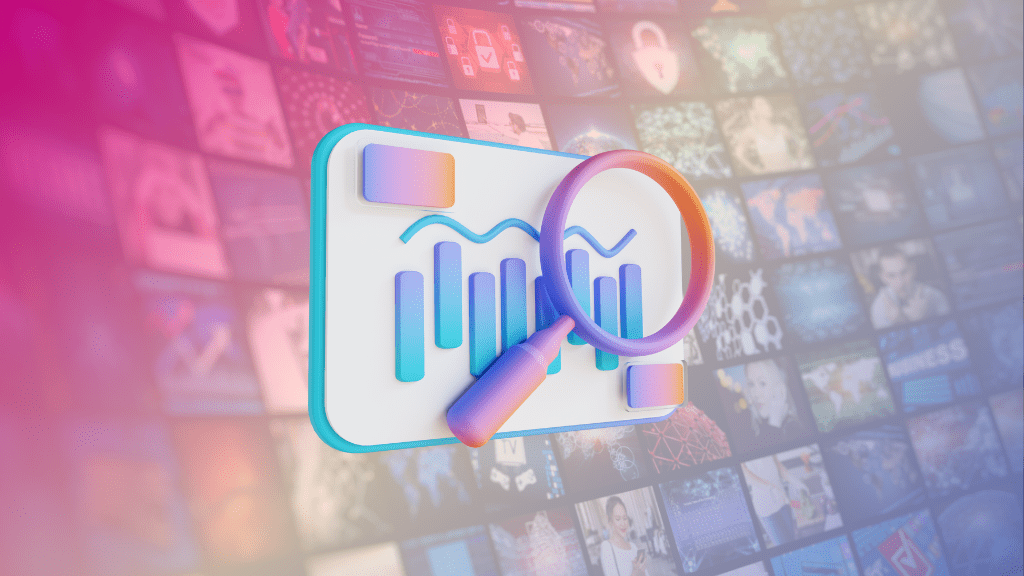June 29, 2007 marks a day in the history books that would go on to redefine how we connect with the rest of the world. Steve Jobs famously unveiled the iPhone to the masses. Like any live production, Steve’s body language and synergy with the audience is what made the performance for those attending plus the hundreds of thousands who were watching live. Hard to say if it was the iPhone itself or the mastery behind the reveal that made it such an immediate hit.
Now fast forward to 2020, the era of COVID, in which we’re living through one of the greatest social experiments of our time. COVID has taught us through weeks of quarantine and isolation that we can rival innovation in our daily lives like we haven’t seen since the industrial revolution. However in order to create a lasting impact we have to pioneer not the mind but the five senses that only in-person experiences can provide for marketers.
This year’s famous Worldwide Developers Conference (WWDC) from Apple will be held remotely through pre-recorded videos and video conferencing – much like many other events. While the environment has changed in the experiential landscape, what hasn’t is the dependence on people to create the unforgettable connection to the brands and products involved. Sure, it may seem like your event has the same people, being presented the same information, following the same protocols, with the same companies putting them on, but that’s just the delivery.
When people go to an in-person event they’re looking for the whole experience, from networking to breakout sessions between speakers. They are not there only for the speaker and content. That’s what a lot of experiential marketers are missing the mark on as they think about trying to recreate the same event virtually. When you bring people into the digital space you fundamentally change the way people are able to build a personal connection. It requires more thought and intention and even still will never be able to deliver the same experience as an in person event. The sooner we as content creators can get past thoughts like, “we used to have this in person, and so we don’t skip a beat, let’s just run it remotely and it will be the exact same thing” the better. The focus needs to be creating truly unique, immersive digital and in-person experiences for the future.
How we are encouraging our brand partners to be thinking is to first sincerely acknowledge that you are not replacing your event. Begin by looking at all the same touch points that you would have had at a physical event and ask yourself what can be recreated for online. Go through those experiences and enact plans that will be specific towards solving particular desired actions. Those that cannot be checked off by being online, create similar type engagements. It is a challenge!
Our team at Campfire works with CPG (Consumer Packaged Goods) brands. One of the common draws for a tradeshow is the experience to interact in person with attendees to give a full tasting experience. We have seen brands move towards digital sampling boxes in lieu of the cancelled events. The first question we always ask is, “Why?” Understand that sampling isn’t experiential but if you’re looking for the same outcome, what type of experience is that sample box trying to recreate? If the goal of a sample box is a tasting event, then figure out how to make it a true tasting event. An example of this could be putting in the sample box directions on how to set up the items on a plate, with a particular beverage. You could then in the directions have a URL that links to a landing page with a Zoom or virtual link for a small group tasting so that they can taste your product in an interactive and engaging environment. Those are the one-to-one connections we mean that is vital when thinking of substituting an in-person event for a virtual experience.
When you are creating a virtual experience, your tone in the marketing around that event matters even more now. You need to clearly convey “we really want you here” because by opening up your experience to virtual attendance, you inevitably open up your event to more distractions. What is going to lead people to avoid distractions from emails or texts coming in from family members or colleagues? Are there polls or other ways to engage during the presentation? You need to be creative in keeping your attendees focused, which is challenging enough in person, and while not impossible, it’s more challenging to do over a screen.
When we look at media we’re always examining how we have reached an individual with our messaging and how we are reaching them again to stay top of mind. You have to look at that as well when you’re putting together virtual events – if you’re not asking how do we keep these people then you’re not looking at the full customer experience.
The silver lining to this pandemic in the marketing space, is that it’s forced people to look at online events and how they can be part of a really great experiential marketing mix. Should all brands do virtual events? No, because they may not be great for your brand but for other industries, virtual events could be the way that all of their events go. Events are no different than media, in the sense that having a virtual or in-person experience is not a one size fits all. It’s an audience engagement platform that has parameters you need to navigate.
One area where there is absolutely room for development is multi-day conferences. Where more of the dependence is on the content, think of how much you can provide by purchasing a two or three day admission, PLUS it includes a fourth day webinar link. People are busy, and meeting them where their needs are can positively impact long term ROI for an event organizer. Some people won’t be able to make it for the full conference, and that’s okay We’re developing platforms now to help bridge that cultural space.
When people look at attending an event, understand that they are looking for two things.
- Is the information relevant to the needs that I have?
- What opportunities for growth will this event provide me?
The other element is fun. If you had an in-person conference planned and you’re considering moving it online, don’t forget how you make people feel when it’s over. We’ll use Apple again as an example. Many developers attending this year are creating their own communities online through blogs, Slack groups and even private Zoom meetups!
People, as we know, are complex. Let’s not forget that while we may seem like cattle in this time of transition between the old and new ways brought on by COVID-19, there are still more aspects that make us whole. People still crave one-on-one interactions. They want authenticity in relationships now more than ever, and people want their time to be valued. Whether planning virtual, in-person, or both, the last thing you want to, is for anyone to leave and say “I don’t really know what I got out of that.”
So go out there and lead with purpose. When you do that, your desired outcome will follow.






